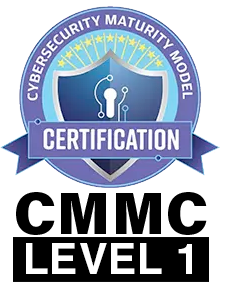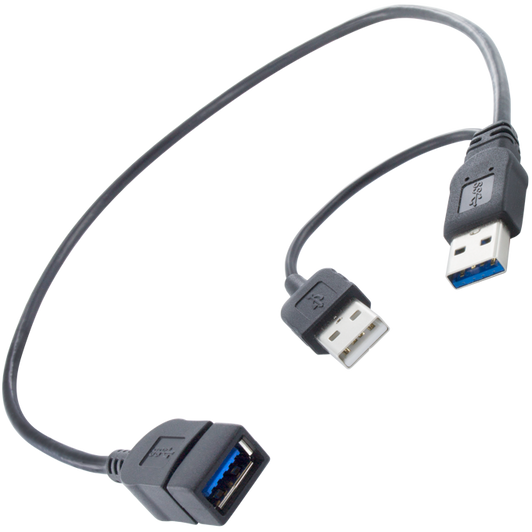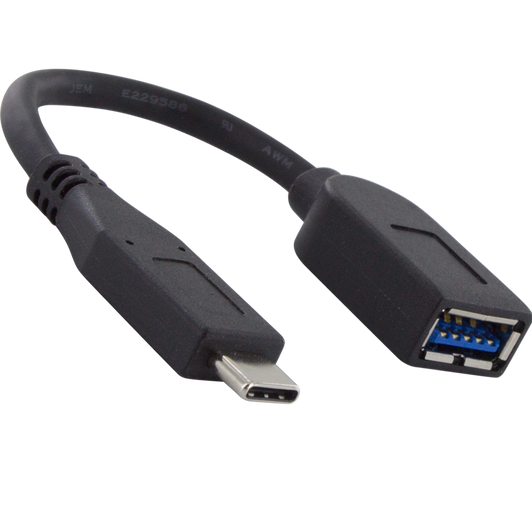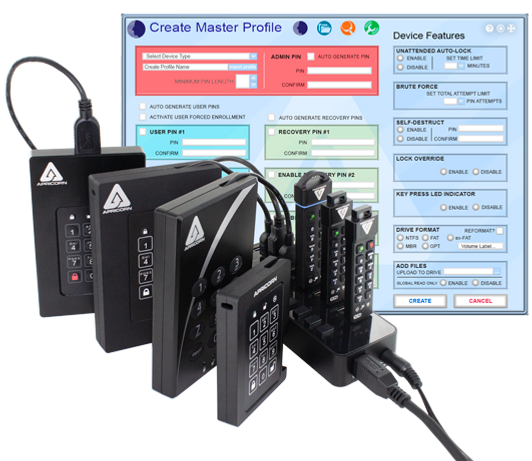Don't let its size fool you; Our smallest secure USB drive brings the ultimate in portability, affordability and data protection. Software-Free, 100% hardware-based 256-bit AES XTS encrypted USB key, onboard keypad PIN authenticated, and ultra-fast USB 3.1 (3.0) data transfer speeds. All Data is encrypted on the fly and the device’s PINs and Data remain encrypted while the drive is at rest. Completely cross-platform compatible and OS agnostic; thrives in Windows, Linux, Mac, Android, Chrome, embedded systems, and equipment possessing a powered USB port and storage file system. All internal componentry is protected from physical tampering with a layer of hardened epoxy, and locked-down firmware brings immunity to malware attacks such as BadUSB.
For Apricorn encrypted drives with a DOM (Date of Manufacture, found on original packaging label under the UPC code) of September 2017 to the present date, refer to the manual with product’s name and the word “Configurable” in the title. If unsure of manufacture date, all Aegis Configurator compatible devices have the “Configurable ‘C’” logo on the back. For older non-configurator compatible secure drives, refer to the manual that doesn’t have “Configurable” in the title.















